CUPRA Tavascan vs Hyundai IONIQ 6 – Which model is better for everyday use?
Everyday use, family trips or long-distance drives – here’s where the differences show.
Discover whether CUPRA Tavascan or Hyundai IONIQ 6 fits your lifestyle better.
Costs and Efficiency:
When it comes to price and running costs, the biggest differences usually appear. This is often where you see which car fits your budget better in the long run.
Hyundai IONIQ 6 has a noticeable advantage in terms of price – it starts at 37600 £, while the CUPRA Tavascan costs 45700 £. That’s a price difference of around 8092 £.
In terms of energy consumption, the advantage goes to the Hyundai IONIQ 6: with 13.90 kWh per 100 km, it’s slightly more efficient than the CUPRA Tavascan with 15.90 kWh. That’s a difference of about 2 kWh.
As for range, the Hyundai IONIQ 6 performs hardly perceptible better – achieving up to 614 km, about 61 km more than the CUPRA Tavascan.
Engine and Performance:
Power, torque and acceleration are the classic benchmarks for car enthusiasts – and here, some clear differences start to show.
When it comes to engine power, the Hyundai IONIQ 6 has a convincingly edge – offering 650 HP compared to 340 HP. That’s roughly 310 HP more horsepower.
In acceleration from 0 to 100 km/h, the Hyundai IONIQ 6 is convincingly quicker – completing the sprint in 3.20 s, while the CUPRA Tavascan takes 5.50 s. That’s about 2.30 s faster.
In terms of top speed, the Hyundai IONIQ 6 performs clearly perceptible better – reaching 257 km/h, while the CUPRA Tavascan tops out at 180 km/h. The difference is around 77 km/h.
There’s also a difference in torque: Hyundai IONIQ 6 pulls to a small extent stronger with 770 Nm compared to 679 Nm. That’s about 91 Nm difference.
Space and Everyday Use:
Whether family car or daily driver – which one offers more room, flexibility and comfort?
Both vehicles offer seating for 5 people.
In curb weight, Hyundai IONIQ 6 is somewhat lighter – 1850 kg compared to 2178 kg. The difference is around 328 kg.
In terms of boot space, the CUPRA Tavascan offers evident more room – 540 L compared to 401 L. That’s a difference of about 139 L.
When it comes to payload, CUPRA Tavascan a bit takes the win – 522 kg compared to 430 kg. That’s a difference of about 92 kg.
Who comes out on top?
Overall, the Hyundai IONIQ 6 shows itself to be outperforms in nearly all aspects and secures the title of DriveDuel Champion.
It convinces with the more balanced overall package and proves to be the more versatile choice for everyday use.
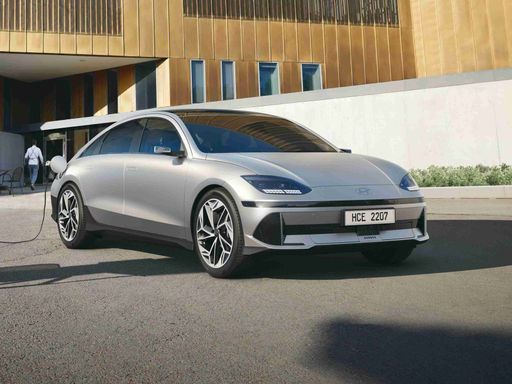
Hyundai IONIQ 6
CUPRA Tavascan
The CUPRA Tavascan represents a bold step forward in the realm of electric vehicles with its striking design and dynamic performance. As the marque's first all-electric SUV, it combines athletic aesthetics with a commitment to sustainability. Inside, the vehicle offers a sophisticated and connected driving experience, ensuring that technology and comfort go hand in hand.
details @ seat-mediacenter.com
@ seat-mediacenter.com
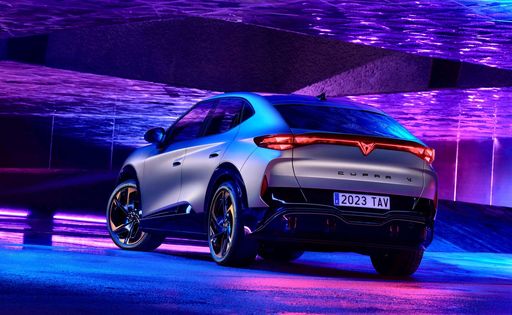 @ seat-mediacenter.com
@ seat-mediacenter.com
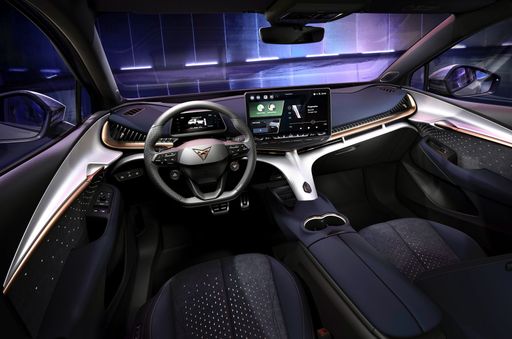 @ seat-mediacenter.com
@ seat-mediacenter.com
Hyundai IONIQ 6
The Hyundai IONIQ 6 merges futuristic design with eco-friendly technology, offering a glimpse into the future of electric mobility. Its sleek silhouette and aerodynamic profile are sure to capture attention on the road, while the interior provides a seamless blend of comfort and cutting-edge digital features. With a focus on efficiency and sustainability, this model represents a significant step forward in the evolution of electric vehicles.
details @ hyundai.news
@ hyundai.news
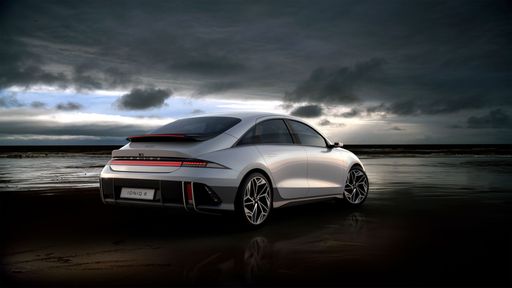 @ hyundai.news
@ hyundai.news
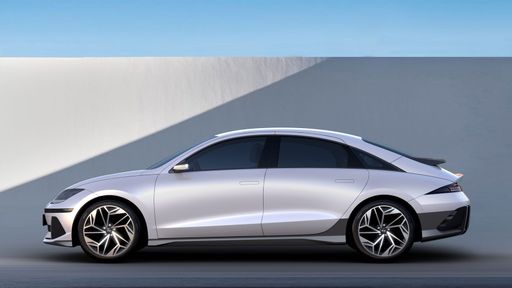 @ hyundai.news
@ hyundai.news
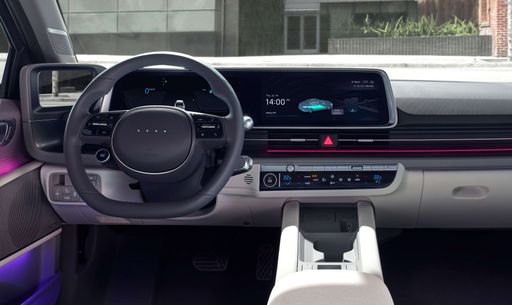 @ hyundai.news
@ hyundai.news

|

|
|
|
|
Costs and Consumption |
|
|---|---|
|
Price
45700 - 49600 £
|
Price
37600 - 64300 £
|
|
Consumption L/100km
-
|
Consumption L/100km
-
|
|
Consumption kWh/100km
15.9 - 17.1 kWh
|
Consumption kWh/100km
13.9 - 15.1 kWh
|
|
Electric Range
513 - 553 km
|
Electric Range
429 - 614 km
|
|
Battery Capacity
77 kWh
|
Battery Capacity
53 - 84 kWh
|
|
co2
0 g/km
|
co2
0 g/km
|
|
Fuel tank capacity
-
|
Fuel tank capacity
-
|
Dimensions and Body |
|
|---|---|
|
Body Type
SUV
|
Body Type
Hatchback
|
|
Seats
5
|
Seats
5
|
|
Doors
5
|
Doors
4
|
|
Curb weight
2178 - 2273 kg
|
Curb weight
1850 - 2095 kg
|
|
Trunk capacity
540 L
|
Trunk capacity
401 L
|
|
Length
4644 mm
|
Length
4855 - 4935 mm
|
|
Width
1861 mm
|
Width
1880 - 1940 mm
|
|
Height
1597 mm
|
Height
1495 mm
|
|
Max trunk capacity
-
|
Max trunk capacity
-
|
|
Payload
507 - 522 kg
|
Payload
425 - 430 kg
|
Engine and Performance |
|
|---|---|
|
Engine Type
Electric
|
Engine Type
Electric
|
|
Transmission
Automatic
|
Transmission
Automatic
|
|
Transmission Detail
Reduction Gearbox
|
Transmission Detail
Reduction Gearbox
|
|
Drive Type
Rear-Wheel Drive, All-Wheel Drive
|
Drive Type
Rear-Wheel Drive, All-Wheel Drive
|
|
Power HP
286 - 340 HP
|
Power HP
151 - 650 HP
|
|
Acceleration 0-100km/h
5.5 - 6.8 s
|
Acceleration 0-100km/h
3.2 - 8.8 s
|
|
Max Speed
180 km/h
|
Max Speed
185 - 257 km/h
|
|
Torque
545 - 679 Nm
|
Torque
350 - 770 Nm
|
|
Number of Cylinders
-
|
Number of Cylinders
-
|
|
Power kW
210 - 250 kW
|
Power kW
111 - 478 kW
|
|
Engine capacity
-
|
Engine capacity
-
|
General |
|
|---|---|
|
Model Year
2024
|
Model Year
2022 - 2025
|
|
CO2 Efficiency Class
A
|
CO2 Efficiency Class
A
|
|
Brand
CUPRA
|
Brand
Hyundai
|
What drivetrain options does the CUPRA Tavascan have?
Available configurations include Rear-Wheel Drive or All-Wheel Drive.
The prices and data displayed are estimates based on German list prices and may vary by country. This information is not legally binding.
